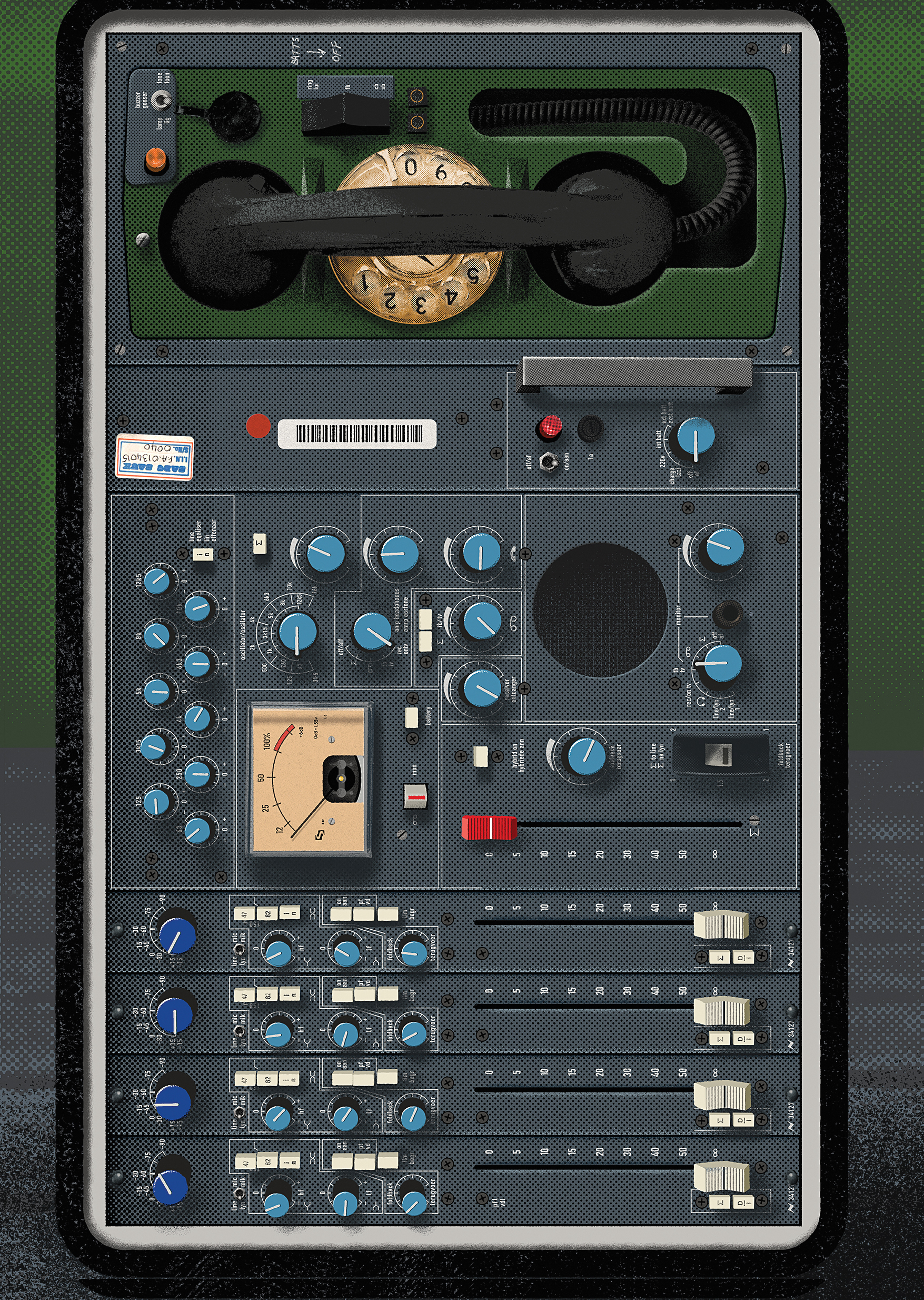Drum-specific mics have been around for some time, but innovative companies such as Lauten Audio are still finding ways to improve them. Recently unveiling the Snare Mic [Tape Op #159] to bring out the best from snare drums, they have now introduced the Tom Mic, which – no surprise – is for toms! But do we really need a better tom mic? Well, if we all had the luxury of recording in huge, multi-million-dollar studios, then I’m sure we could “get by” with the classics. But in smaller, project-oriented studios, bleed can be a constant battle for recording and mixing engineers. Leakage and reflections may be coming directly from another source (cymbals, drums, guitars) or indirectly off of a floor, ceiling, or wall that is in close proximity (we don’t all have warehouse-sized studios). Lauten Audio designed the Tom Mic to focus on capturing the natural sound of the tom while minimizing everything else.
The Tom Mic is a super-cardioid, large-diaphragm condenser. It’s short and squat, and I found it easy to position around the drum kit. Because it's a side-address mic (with the cable connecting to the end), I didn’t have to use 90-degree angle XLR plugs to avoid having a loop of cable interfere with cymbals as with some other mics I’ve used. The included metal mount locks the mic into place securely. When positioning the Tom Mic as intended, the drummer can usually see its settings and make adjustments at the engineer's request. Though it's not as easy to see the mic's settings when standing in front of the kit, once I better understood the sound of the mic, I found myself choosing switch positions before moving them into place.
The Tom Mic's two switches are for shaping the tone – either rolling off the lows or highs or both. There are three positions for each switch, with one being flat. The HP (high-pass) filter engages at 80 or 140 Hz, and the LP (low-pass) activates at 5 or 12 kHz. After some experimentation, I settled on using the 12 kHz LP setting on both rack and floor toms, finding that it kept a little more cymbal wash and snare drum attack out of the tom tracks. The claimed -28 dB of off-axis rejection is very good, so the flat setting was already reducing cymbal bleed compared to many mics I've used.
You might expect there to be a pad switch too, but because this mic is purposely designed for drums with a high SPL rating, the output levels are already closer to those of a dynamic mic, so a pad is not necessary (though sometimes I still used a pad on at the preamp stage, as I do for other mics). Even when hitting the toms hard, I never noticed any distortion.
The modern, pre-EQ’d sound of the Tom Mic was similar to other drum mics I’ve used, with a full low end and a bit of stick smack (transient capture) that works well for multiple genres. I tried the mics in several different positions and preferred them a few inches off the head, pointing downward toward the center of the drum (similar to how I would position most dynamic mics). This seemed to give a nice tonal balance while somehow still magically reducing bleed from the rest of the kit. A "tea towel" (Lauten Audio logo’d bandana) is also provided with each mic, so you can place it on your toms and do your best Ringo Starr impression (think of the tom sounds on The Beatles’ “Come Together”).
The Tom Mic is priced in the professional range and built to handle steady use in the studio or on the road. If you have difficulty with extraneous bleed in your drum mics, check it out. The tone-shaping filters and superior rejection can help you get the best sound out of your toms.




_disp_horizontal_bw.jpg)